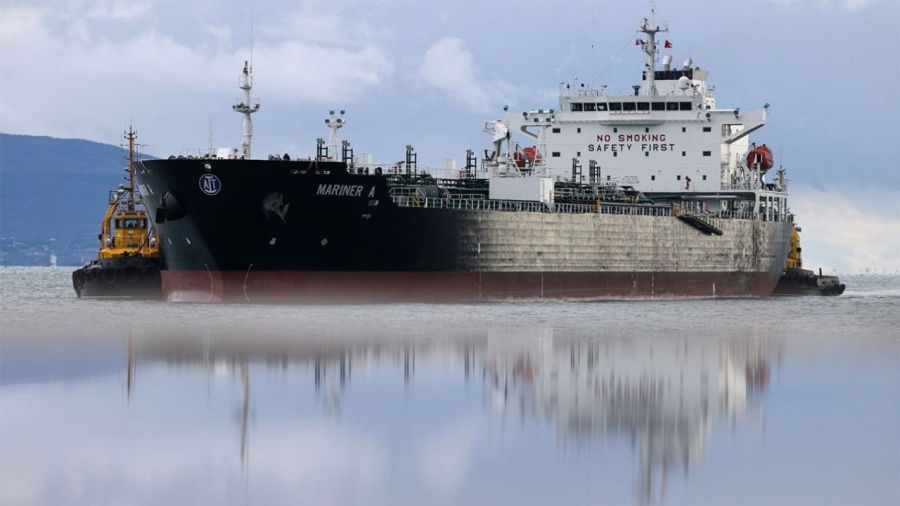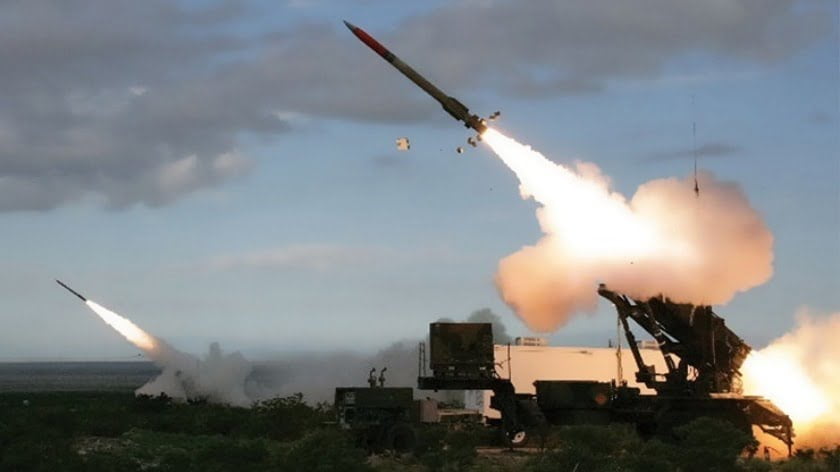US Supertankers Pose an Environmental Threat to Europe
The US aims to ship oil to the EU by massive tankers as a result of Washington’s sanctions campaign against Russia and the requirement it placed upon Europe to purchase a sizeable amount of American oil as a result. Specifically, these tankers include the 320,000-ton Very Large Crude Carrier (VLCC) and the 200,000-ton Suezmax vessel. Because of the higher cost of using smaller vessels, 27 of these supertankers are scheduled to arrive in Europe as early as March from the Gulf of Mexico. As a result, the amount of oil transported by supertankers to Europe will almost double.
In this regard, it is important to keep in mind that large-tonnage oil tankers have long been causing the ocean’s worst environmental catastrophes. For instance, the Torrey Canyon, the largest oil tanker in the 1960s, collided with a reef off the west coast of Cornwall, United Kingdom, on March 18, 1967. Due to the rupture of 14 of its 18 tanks, the British resort of Cornwall sustained significant damage from the 225 km2 oil slick. In an attempt to reduce the damage from close to 80,000 tons of oil remaining on the vessel the British Air Force bombarded the sunken tanker with several dozens bombs and used rockets and napalm to burn the oil spill for several days, causing a huge fire and damaging the environment in the process. Around Cornwall, 90% of the bird population and many fish and sea creatures perished.
Following this incident, a number of international conventions, laws, and guidelines governing such rescue operations were adopted. These precautions, however, do not rule out the chance that similar catastrophes could occur again. This was proven by the tragedy of the American oil supertanker Amoco Cadiz, which sank on March 17, 1978, off the northern coast of France after colliding with submerged rocks. The 240,000 tons of oil spilled in the catastrophe contaminated a sizable stretch of the Brittany shoreline. Many fish and bird species that inhabited the coastal area, as well as oyster beds, were killed by the ecological catastrophe.
The Exxon Valdez, an oil tanker traveling from Alaska to California, struck a reef in March 1989 and sustained significant damage. The incident caused thousands of tons of oil to spill, killing a large number of fish, birds, and other animals that lived along the Alaskan coast. Oil was detected in samples taken many years after the catastrophe.
The MV Braer, a tanker sailing along the Scottish coast with a large cargo of oil from Norway, crashed on January 5, 1993, due to engine failure. The unguided vessel could not be rescued after it washed up on the rocks. The wreck spilled nearly 85,000 tons of oil, and a 9-square-mile oil slick covered St Ninian’s Isle’s sandy beaches, affecting the Scottish coast as well.
The sinking of the oil tanker Prestige off the coast of Spain on November 13, 2002, was one of the most significant incidents that harmed Europe, according to environmentalists. Due to a hole in the ship’s hull caused by the violent storm, hundreds of tons of oil poured into the water, creating an oil slick that stretched over 1,000 kilometers down the shoreline. The catastrophe caused 4 billion euros worth of anticipated damage to flora and fauna.
Environmentalist figures indicate that 6 million tons of petroleum hydrocarbons enter the sea each year, covering vast expanses of water, particularly in the Atlantic and Pacific Oceans, with an oily coating. The prevalence of this oil contamination is seen in satellite photographs of maritime regions, particularly along shipping lanes.
Experts concur that marine tankers, whose combined global capacity exceeds 120 million tons, constitute the greatest threat in terms of oil contamination of the world ocean’s waters. When petroleum hydrocarbons enter the marine environment, one part evaporates into the atmosphere and the other spreads to form an oily film on the water’s surface. Some substances accumulate in seafloor sediments and are dissolved in seawater. As a result, the oil film has largely covered the central part of the world ocean between Central America, Africa, and Europe. Oil shipments from North and South America to Europe are cited as the main source of pollution in this area.
Environmentalists claim that oil tankers represent a severe hazard to the environment even regardless of accidents because of the persistently toxic gases released from the cargo tanks.
According to environmentalists, millions of tons of oil enter the saltwater each year, polluting it almost constantly. Here, it is important to think back on the worst ecological and biological catastrophes brought on by oil pollution. The artificially synthesized bacterium Synthia created in the United States to combat oil pollution in the Gulf of Mexico, mutated and started infecting animals and humans, according to media reports. As previously reported, British Petroleum (BP) commissioned Synthetic Genomics Inc. to create Synthia or Mycoplasma laboratorium, an artificial bacterium that feeds on oil, to combat the environmental disaster of the 2010 oil spill in the Gulf of Mexico. According to experts, the potentially lethal bacteria can infect people through raw or undercooked shellfish or through scratches and open wounds. The American media has repeatedly blamed Synthia for mass bird deaths from Arkansas to near New Orleans, as well as fish off the coast of North Louisiana. But, clearly under the direction of the people who came up with this delusion, the full scope of the catastrophe is being kept secret at the governmental level. Nonetheless, information leaked to the Western media indicates that Synthia is spreading along European coasts with the Gulf Stream, which does not rule out catastrophic damage to Cote d’Azur beaches in France, Catalonia, Italy’s Liguria, or even Greece and Turkey.
Ocean pollution is a very important and urgent problem that must be addressed by all nations. Only after realizing the gravity of this environmental threat can Europeans decide whether the United States should use large oil tankers in its aggressive policy of capturing the EU energy market.







